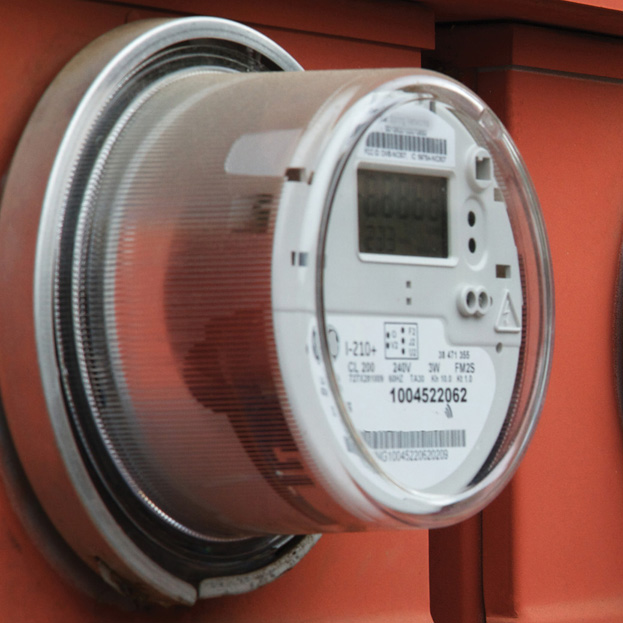Maxim Integrated Products has introduced the Max 17497, one chip that is claimed to cover all the power requirements on the communications and metrology boards in smart meters. This high level of integration is said to ease design, add flexibility, increase accuracy, improve reliability and lower the total cost and footprint.
The single power regulator is suitable for smart meter and smart grid applications as well as factory automation.
Typical products for smart meters integrate only the flyback controller and high-voltage FETs. This design, by itself, is usually expensive. To it, they add external regulators and other discrete devices to complete the application. Utility companies and energy providers want a more compact, more economical alternative.
The Max 17497 has been designed specifically for smart meters. It supports all the power-supply requirements for both the smart meter’s communications board and the metrology board.
It integrates the control circuitry required for the universal-input (85 to 265V), non-isolated flyback power supplies. It adds a secondary-side synchronous buck regulator with integrated mosfets.
All these integrated functions support the supplies for a powerline communications (PLC) driver or RF transceiver, the PLC/RF modem (2.5/3.3V), a circuit-breaker relay and the tightly regulated supplies for the sensitive metrology and application systems on chip (SoCs).
A designer can configure the device for a smart meter’s power supply regardless of the communications scheme.
Designed to operate at 250 or 500kHz, the flyback regulator avoids the frequencies used in smart meter communications and thus mitigates frequency interference and delivers robust performance. The high-flyback-regulator and secondary buck-regulator frequency allows for optimisation of the magnetic and filter components in the smart meter.
It also improves overall system reliability and accuracy through various user-defined thresholds and protection features. The inputs for under-voltage lockout (UVLO) and overvoltage thresholds are programmable. Over-temperature and short-circuit protection and an output power-ok signal improve the safety of the system.
The chip fits in a 3 by 3mm TQFN package. It operates over the -40 to +125°C temperature range.










